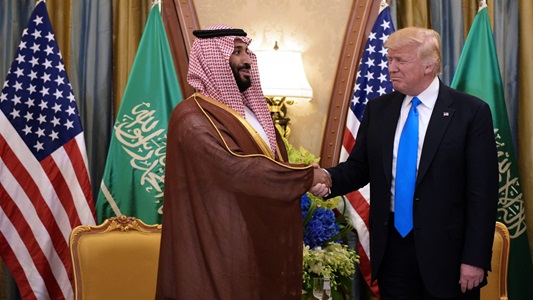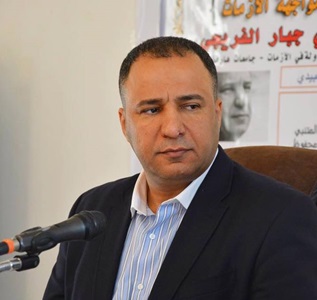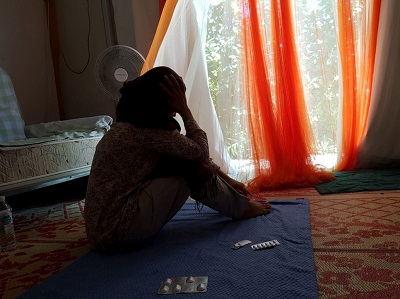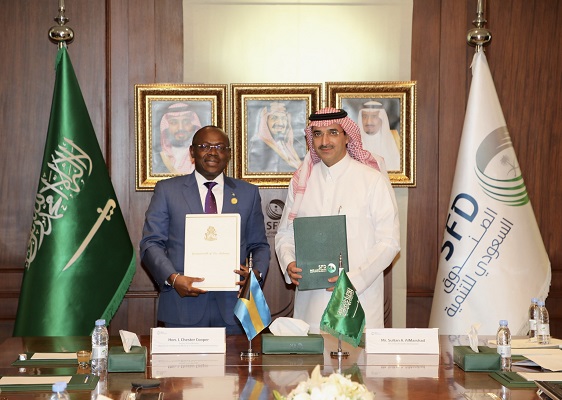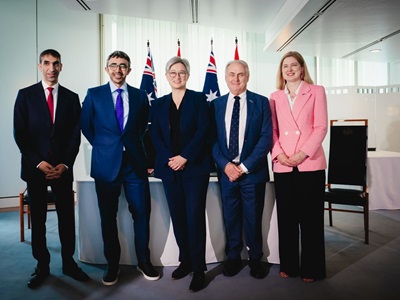Symbolism of Transformation and a Strategic Power Partnership Former U.S. President Donald Trump’s visit to Riyadh in 2025 comes at a time of complex regional and global dynamics, marking a notable shift from his landmark 2017 visit. The agenda and symbolism of this visit reflect a new geopolitical landscape in the Middle East.
- From Security to Strategic Economics and Technology
• In 2017: The visit focused on combating terrorism, confronting Iranian influence, and securing massive arms deals exceeding $110 billion. • In 2025: The core agenda has shifted to economic and technological cooperation, with Trump aiming to secure up to $600 billion in Saudi investments across sectors such as artificial intelligence, semiconductors, and civilian nuclear energy.
- A New Regional Balance of Power
• Normalization with Israel: While Trump continues to champion the Abraham Accords, further progress now hinges on broader regional shifts—especially amid rising influence from China and Russia. • U.S. Realignment: With Washington increasingly focused on Asia, empowering Saudi Arabia as a regional leader is becoming a strategic necessity—particularly in energy security, maritime stability, and crisis management in the Levant.
- Saudi Arabia’s Expanding Role in Syria and Iraq
In Syria: With Iranian influence in retreat and the Arab world reopening dialogue with Damascus, Saudi Arabia seeks a more assertive role in reconstruction and regional balance. Trump is likely to support this as part of a broader effort to contain Iran’s influence. • The visit may pave the way for American backing of a stronger Saudi presence in Syria, via economic leverage and diplomatic pressure. • Russia’s limited capacity due to the Ukraine conflict opens space for joint Saudi-American initiatives. In Iraq: Saudi Arabia views Iraq as critical to Gulf security and aims to reduce Tehran’s grip through economic investment and soft-power influence. • A renewed Saudi-U.S. coordination could target militias backed by Iran and support the rebuilding of Iraq’s state institutions. • Riyadh’s involvement may extend to training and equipping key Iraqi forces and institutions under a new strategic framework. The Symbolism of This Shift Granting Saudi Arabia a leading role in the Syrian and Iraqi files marks a transition from passive ally to active regional architect—reflecting Riyadh’s aspiration to position itself at the heart of a redefined Middle East order, with Washington’s full support. Conclusion If Trump’s 2017 visit laid the foundation for a security alliance against terrorism and Iran, his 2025 trip signals a broader strategic partnership—anchored in economic power, technological leadership, and joint regional influence—placing Saudi Arabia not just at the table, but at the helm of regional decision-making.

